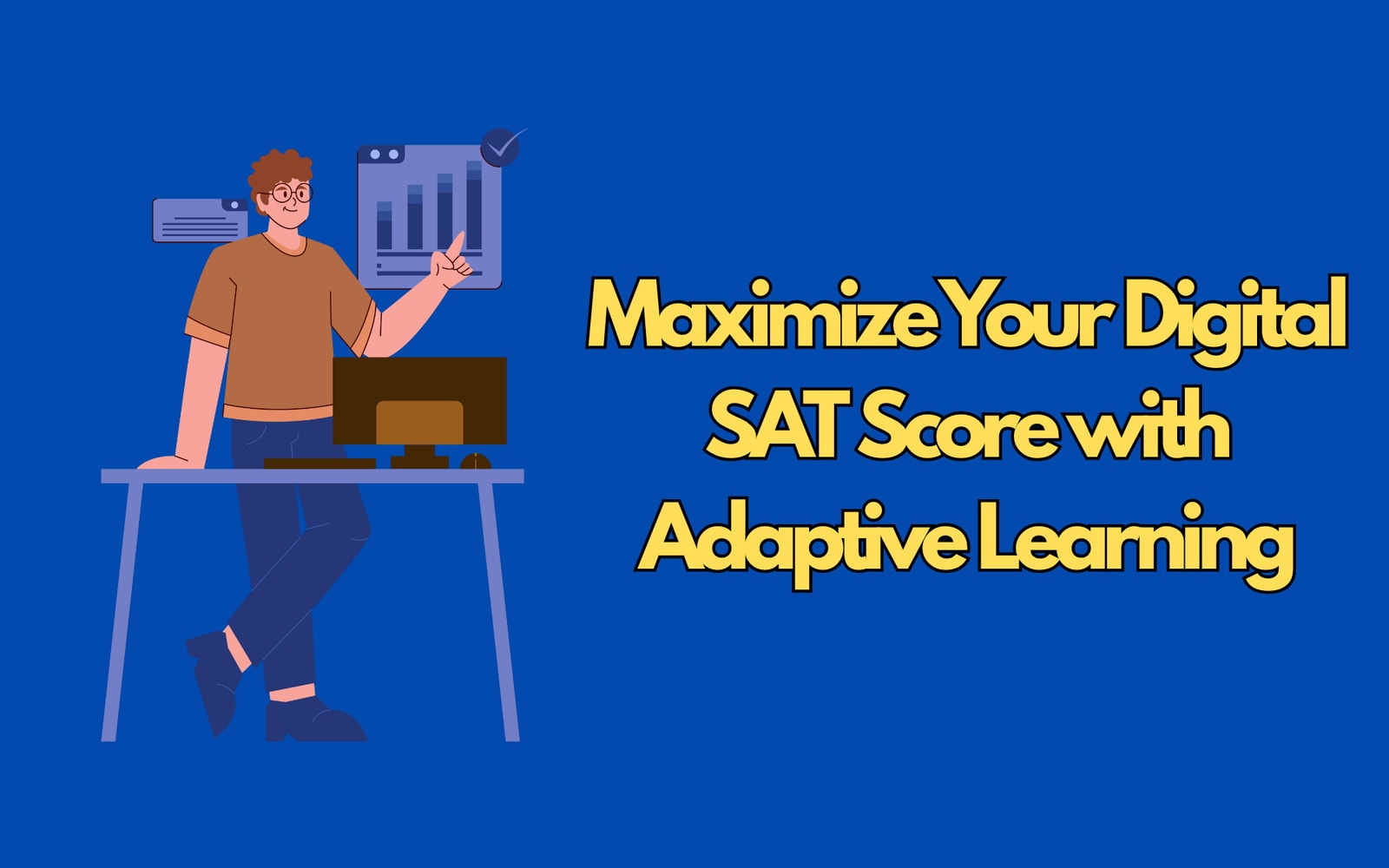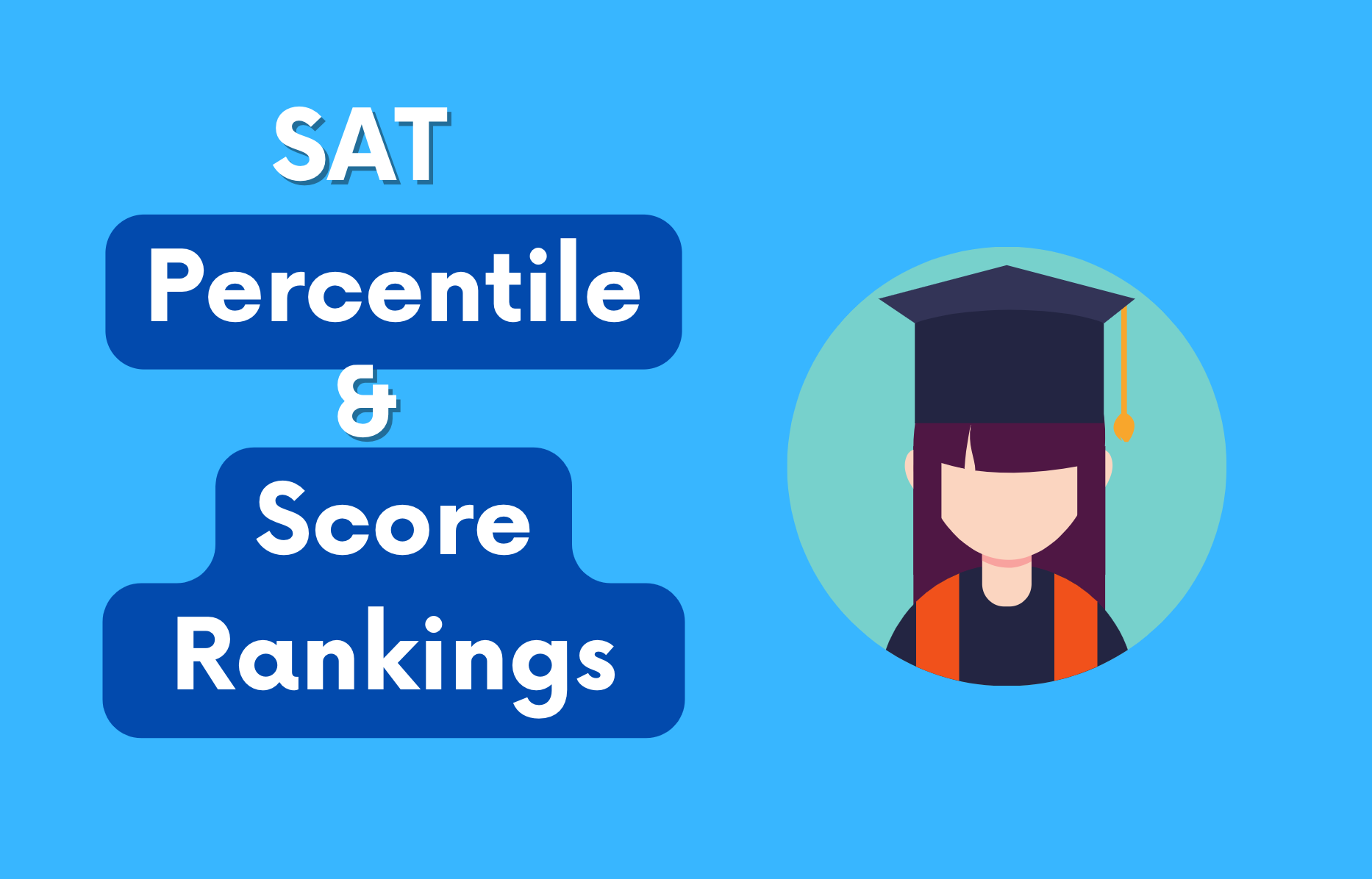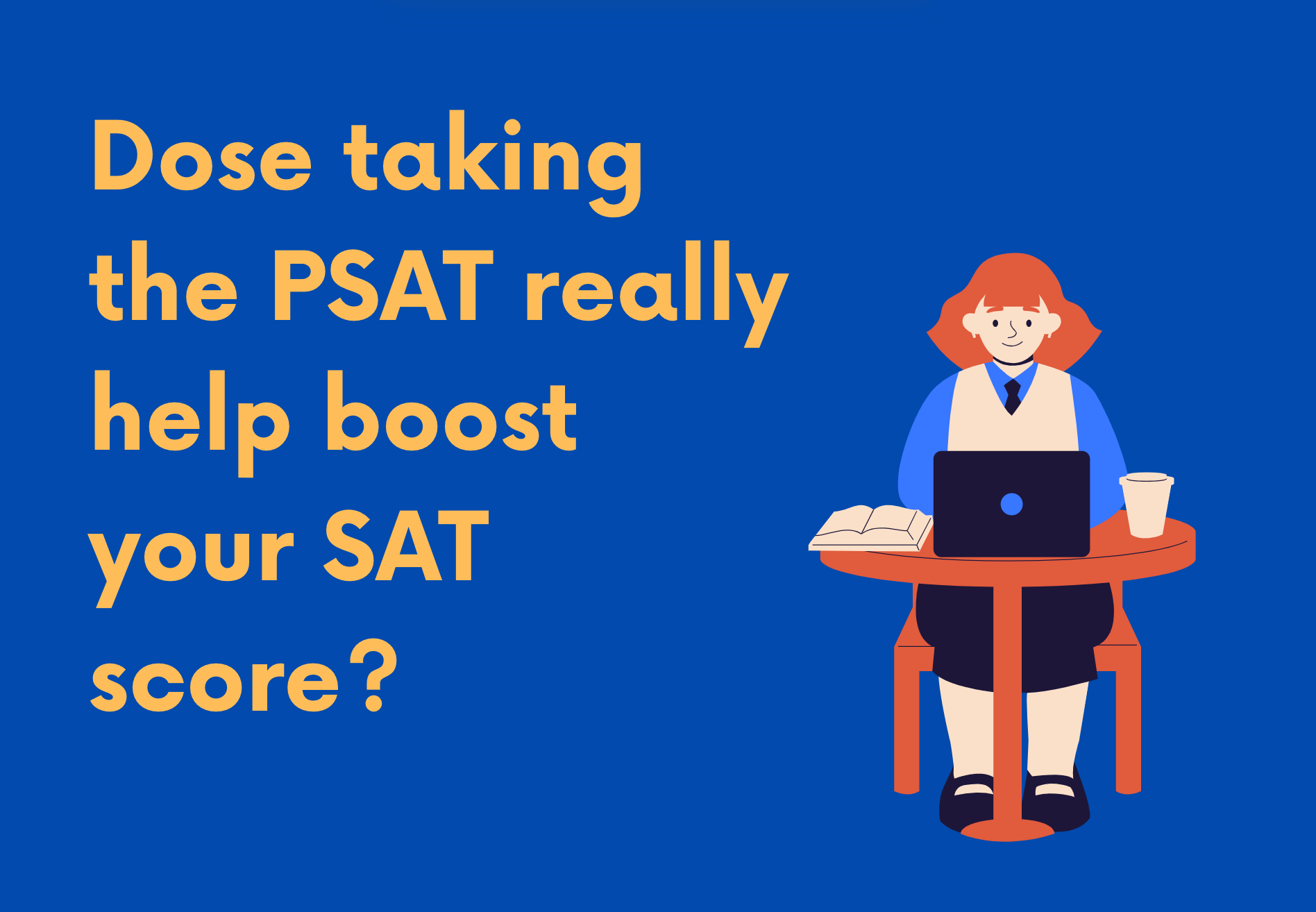Level Up Your Digital SAT Prep with Adaptive Learning Technology
Author
Phoenix Wilder
Date Published

Preparing for the SAT has always been a challenge. Long study sessions, thick prep books, and hours of practice tests often leave students feeling overwhelmed and unsure if they’re actually improving. But with the transition to the Digital SAT, a new technology is transforming both the testing format and the way students can prepare: Adaptive Learning Technology.
Far from being a simple buzzword, adaptive learning fundamentally reshapes how students engage with material, practice under exam conditions, and build confidence before test day. In this article, we’ll explore what adaptive learning really means, how it works within the Digital SAT, and how platforms like Best SAT Score are using this technology to help students maximize performance and break through their score ceilings.
A New Era in Standardized Testing
Traditional standardized tests were designed around a “one-size-fits-all” model: every student faced the same set of questions in the same order, with no consideration for different skill levels. This format had major drawbacks. High-achieving students often breezed through easy sections without being adequately challenged, while others struggled with overly difficult questions too early, which heightened test anxiety.
The Digital SAT moves away from this rigid approach. Instead, it introduces adaptive modules, where the difficulty level of questions changes depending on a student’s performance. This innovation ensures a more accurate measurement of ability and provides a more personalized experience for each test taker. It’s not simply a fairer assessment—it can also transform the way students prepare.
Understanding Adaptive Learning in Test Prep
So, what exactly happens in an adaptive system? Imagine starting with a medium-level math problem. If you solve it correctly, your next question will be tougher, nudging you closer to your true potential. If you get it wrong, the following question may scale back slightly, so that you continue practicing without hitting a wall. Over time, the system “learns” your strengths and weaknesses, calibrating difficulty dynamically to maximize both challenge and growth.
Where traditional SAT prep may force you through endless sets of random questions, adaptive practice makes every moment of study purposeful. This is where Best SAT Score shines: its platform leverages adaptive tests, curated question banks, flashcards, and AI-driven study plans that respond to student performance in real time.
Inside the Mechanics: How Adaptive Prep Systems Work
To better understand how adaptive technology aids SAT prep, let’s unpack its key mechanisms and how they apply to Best SAT Score’s ecosystem:
1. Performance Tracking in Real Time
Every answer you provide feeds into a smart algorithm. The platform assesses whether your grasp of algebra is solid, whether your comprehension falters on inference questions, or whether geometry concepts still trip you up. This constant monitoring ensures test prep precisely reflects what you need most.
2. Personalized Pathways
Instead of a generic roadmap, adaptive platforms shape an individual learning journey. A student struggling with advanced algebra but excelling in grammar will get customized recommendations, targeted practice sets, and adjusted flashcard reviews centered around their weak spots.
3. Feedback on the Spot
Unlike textbooks that only tell you “right” or “wrong,” adaptive technology offers step-by-step explanations, highlights frequent pitfalls, and shows alternative solution methods. Learning immediately from mistakes cements knowledge much faster.
4. Dynamic Pace Control
No two students learn at the same speed. Adaptive tools ensure that quick learners aren’t bored by repetition, while students needing more review don’t feel rushed. By adapting the pace, the study process becomes both motivating and sustainable over weeks or months of preparation.
Beyond Practice Tests: Best SAT Score’s Adaptive Toolkit
While adaptive practice exams lie at the core of effective preparation, Best SAT Score goes further by integrating adaptive learning into every step of test prep.
1. Adaptive Full-Length Digital SAT Mock Tests
Students train under exam-like conditions, experiencing the same two-section adaptive format used on the actual test. Detailed analytics reveal sectional performance trends, helping students predict their real test-day outcomes and adjust study strategies accordingly.
2. Expert-Curated Adaptive Question Bank
Unlike basic test prep platforms with random assortments of problems, Best SAT Score provides a carefully balanced question mix (20% easy, 30% medium, 50% hard). The adaptive filter selects questions aligned with each student’s performance, ensuring no wasted effort on items that are “too easy to matter” or “too hard to teach at the moment.”
3. SAT Flashcards with Spaced Repetition
Mastery doesn’t come from rote memorization alone. With flashcards powered by cognitive science techniques, students absorb math formulas, grammar idioms, and high-frequency vocabulary at intervals proven to boost long-term retention. Adaptive scheduling means you see flashcards exactly when your brain needs a reminder—no more, no less.
Best SAT Score’s smart planner begins with a diagnostic test, factors in target scores, deadlines, and test dates, and then generates a week-by-week study calendar. This plan evolves as performance improves, adapting to new scores and shifting priorities, ensuring maximum efficiency.
5. Instant Score Calculator & Progress Dashboard
Instead of guessing whether you’re on track, students can instantly convert raw scores into official SAT scales and monitor growth over time. The adaptive dashboard identifies skill gaps and suggests resources tailored to push scores higher.
Why Adaptive Learning Matters for Digital SAT Students
Adopting adaptive learning is not just about convenience—it’s about success. Here are some of the most crucial benefits:
Efficient Study Time: Every minute counts in the months leading up to the SAT. Adaptive learning prioritizes the most impactful areas rather than wasting time on skills you already know.
Reduced Anxiety: Facing appropriately leveled questions builds confidence. Students train under conditions that closely mimic the real SAT’s adaptive format, which helps reduce surprises on test day.
Faster Score Growth: By reinforcing weak areas systematically, adaptive learning often leads to significant score improvements—sometimes 200+ points after consistent practice.
Accurate Readiness Assessment: Since adaptive tests mirror the real SAT format, score predictions are more precise than generic mock tests, giving students a clear sense of their likely outcomes.
The Larger Impact of Adaptive Learning on Education
What we’re witnessing with the Digital SAT is part of a broader transformation in education. Adaptive technologies are replacing rigid lesson plans with flexible, individualized instruction. Instead of forcing every student through the same learning sequence, technology personalizes education on a massive scale. For students, this means less wasted effort, fewer feelings of discouragement, and quicker mastery. For educators, it provides powerful insight into where students struggle most, enabling targeted teaching interventions.
The SAT may be just one testing ground for adaptive learning, but its influence is spreading into classrooms, online courses, and even workplace training programs. By adapting to individual learners, education itself becomes both more efficient and more equitable.
Looking Toward the Future
As adaptive technology advances, the future of the SAT—and education in general—will likely emphasize skills mastery and problem-solving over mere memorization. Instead of only measuring knowledge, future assessments may evaluate adaptability, reasoning, and critical thinking across contexts.
Platforms like Best SAT Score are already preparing students for this shift. With AI-driven tutors, advanced analytics, and personalized study paths, they don’t just train students to survive the SAT—they help them thrive in a digital-first learning environment.
Conclusion: Embrace the Adaptive Edge
The Digital SAT is not merely a new test format—it represents a leap forward into adaptive education. By using adaptive learning platforms like Best SAT Score, students can practice smarter, learn faster, and build confidence that lasts. With targeted practice, intelligent feedback, and adaptive planning, success on the SAT is no longer a distant hope—it’s a structured, achievable goal.
If you’re preparing for the Digital SAT, now is the time to embrace tools designed for this new era of learning. With adaptive strategies guiding the way, you can break through your score ceiling and step confidently into test day equipped with both skills and self-assurance.
Related Posts

Confused about SAT percentiles? Find out how they impact your college admission chances and how much your score matters.

Discover the key differences between the PSAT and SAT, and learn expert SAT prep strategies to maximize your college admission chances.